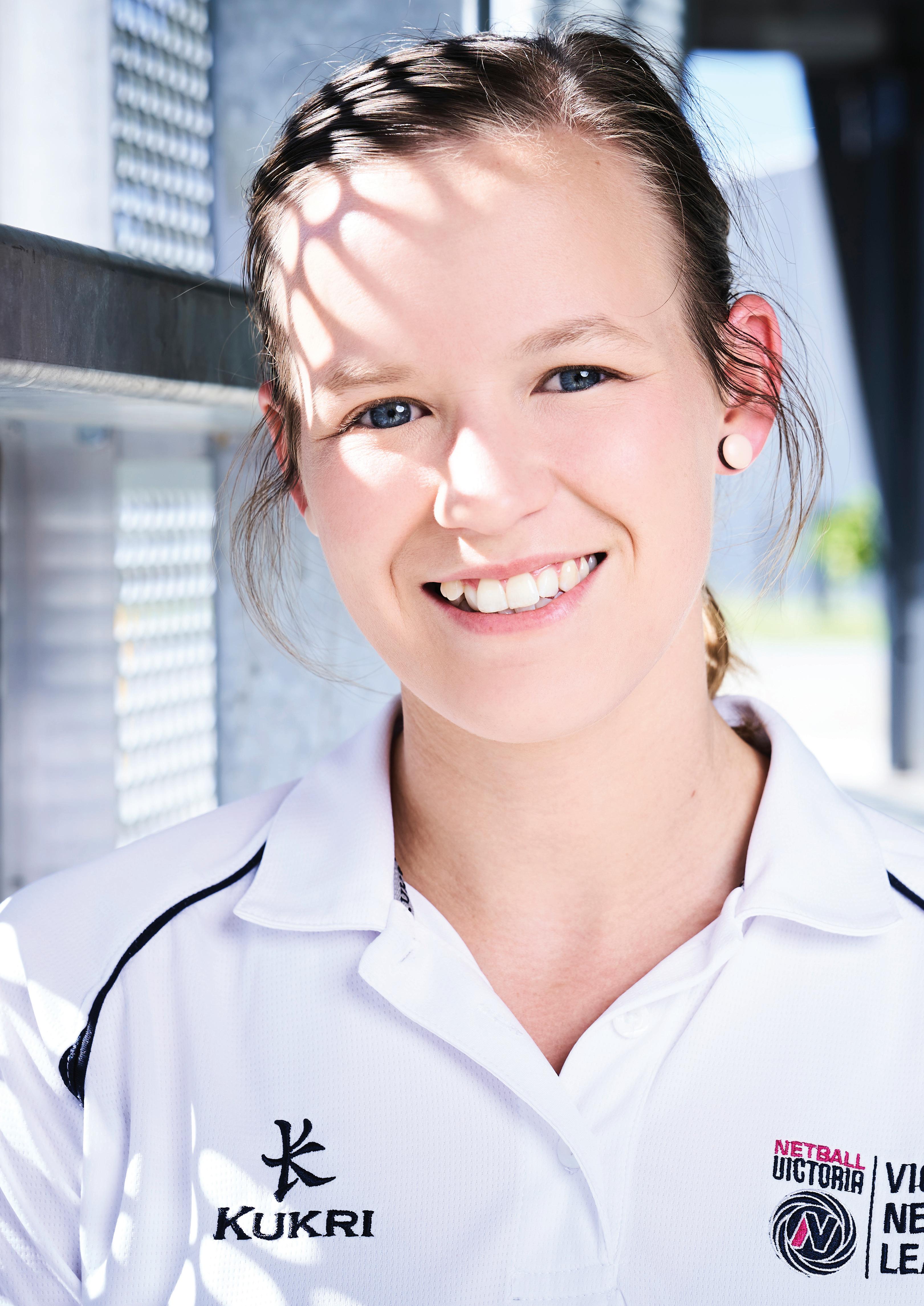
5 minute read
The road to Eaglehawk: remember the Fifties?
ABOVE: ‘The Road to the road to Eaglehawk: Eaglehawk’ painted by Geoff Hocking from photographs taken by Les Elliott of Geelong: remember the Fifties?
Over the past year of gloom, doom and lockdown, a second cousin has been sending me images scanned from her late father’s collection of slides.
By Geoff Hocking
Her mother was my mother’s first cousin and they lived in Geelong. Both were great friends as young girls. My mother often spent her teenage holidays in Geelong, and they kept up a close relationship all their lives. Our relations would often come to Bendigo and stay with us in Golden Square. Her father, Les, was a keen amateur photographer, and he got out and about in Bendigo and surrounds making a visual record of old mining sites, old and abandoned farmhouses, rusting winding gear, Lake Eppalock under construction, Lake Neangar at Eaglehawk, and the Bendigo Easter Fair. His photographs were mainly taken in the late Fifties. I can only work this out because any photograph in which I can be seen, I look about eight or nine years old, which would date the pictures as 1955. Receiving these photographs inspired me to translate them into a series of paintings of the mining sites. One photograph that excited me in particular was of the tramline running through Long Gully. I have spoken about this stretch of road before, as it was drawn and reproduced as a coloured linocut by the artist Kenneth Jack at around the same time. What was serendipitous is that Les stood in exactly the same spot that Ken had done his drawing.

This stretch of the road to Eaglehawk was also a popular spot for us as art students when at the old School of Mines. I have managed to keep, for the past 50 years, a small linocut carved by fellow student, Singaporean Leng Guan (John) Seow, who also sat in the same spot. So, late last year, I painted this as well – as it was in 1955. I checked with Dennis O’Hoy, one of my teachers at the old art school and a valuable repository of Bendigo historical facts and items of interest, and he was able to tell me who the proprietors were of the old Chinese grocery store that featured in all these artworks. I had always known this store as Happy Jack’s. I was wrong, but pretty close. The last proprietor was Harry Jack, the father of wellknown Bendigo identity Russell Jack. Dennis’s copy of the 1930 Post Office Directory shows that Chinese grocers and fruiterers Hang Goon and Ah Hoong are listed as proprietors of the old store, and Harry Jack is shown as proprietor/ fruiterer from 1938 until the 1960s. This is about the time we, as students, took our paints and sketchpads out onto the Eaglehawk road and tried our hand at recording a soon-to-be-lost part of the Bendigo Goldfields’ Chinese history. What is today a BP service station and mini-store was once Herbert Pearce’s Petrol Station and Garage, and had previously been a blacksmith shop run by G.H. Cole and William Gardner. Dennis O’Hoy’s collection of directories has proven most valuable in providing this information. As I scrolled down through the propertyby-property listing, I noted that very little had changed. The Rose of Australia is still there, as is the Anglican Church and the little Post Office, and among the residents was a Lily Hocking, who I assume is a relative – at least ‘same tribe, different hut’.

ABOVE: Sailors Gully Hotel. East Clarence Mine painted by Geoff Hocking from photographs taken by Les Elliott of Geelong:
Harry ‘Happy’ Jack’s ramshackle timber-framed store has long gone, but is remembered in cousin Les’s photographs and several linocuts from the old school days, and is certainly not forgotten by Bendigo’s Chinese community.


It is interesting when looking at these old photographs to see how derelict many things were just over a half-century ago. Mining machinery just abandoned and left to rust, streetscapes unmade, gutters just ditches at the side of the road, buildings on the verge of falling apart or readying themselves for the renovators of a new era – or destined for removal and replacement by new housing, as was the prognosis for the old Chinese store. While we often think we have lost so much of our built history, and some of the crudely constructed goldfields buildings have just collapsed and disappeared, there is still so much to treasure. Every bit that remains tells our story – every photograph, every student drawing, every painting, every Post Office Directory, every memory, every word – helps keep our unique history alive.


Cultural Experiences at WCB
WCB students are given opportunities to engage in a variety of cultural experiences and classes.
WCB’s curriculum has been audited to recognise and celebrate Indigenous perspective and voices across all subjects. In addition to this, we offer Chinese and Auslan as part of our LOTE program and ‘First Nations People’, ‘Introduction to Revolutions’ and ‘World of Food’ electives.

SCAN TO VISIT OUR WEBSITE TODAY!


HEATHCOTE FESTIVAL BRINGS IN CROWDS


Autumn turned on its charm as crowds flocked to the Heathcote Community Festival over the Labour Day long weekend.

Central to the event was a bush market with stalls, food trucks and offerings from local vineyards. Visitors brought along picnic rugs and soaked up the atmosphere and enjoyed concerts from local musicians. Regional vineyards were also open.

Adam, John, Leanne and Helen Flett Aparna Ravichandran and Kartik Nandakumar
Diya, Molina and Ajay Asthana Joan and Ian Vlaeminck and Peter and Margaret Galvin
Sharon, Peter and Cally Armstead Tony and Judy Siragusa and Dennis Munari










